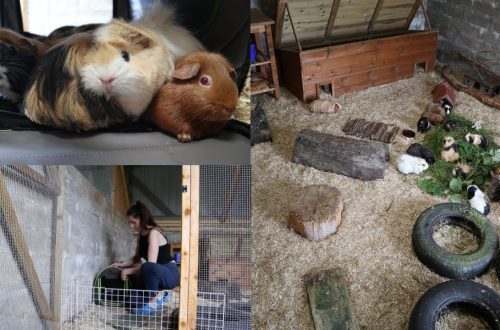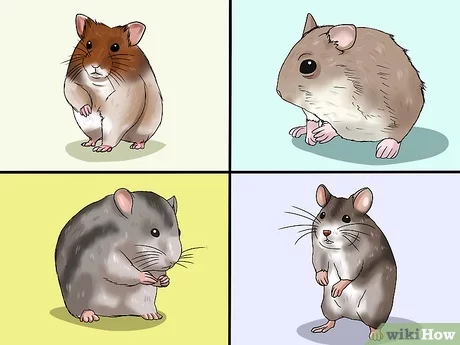
Which hamster is better to have, how to choose a hamster for a child, where to buy and what to look for
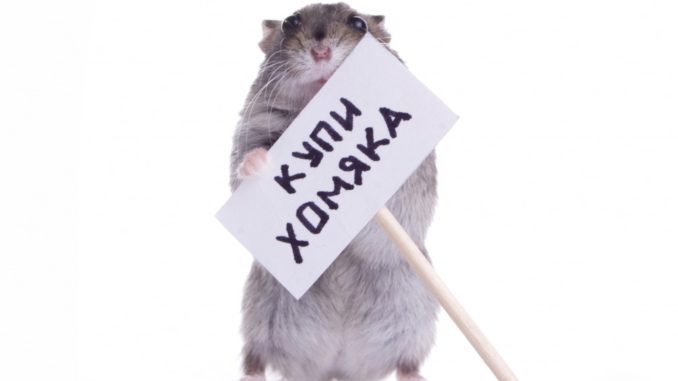
When children tearfully ask for a pet, the solution may be to acquire a rodent, of which the cutest are hamsters. It is only necessary to decide in advance which hamster is better to have, and also to find out where and how to choose a hamster for a child so that the pet brings not problems, but joy.
From the age of 7-8, a child can take care of a furry friend on their own, which develops a sense of care and responsibility. Although it is better for parents to choose a hamster, it is worth asking the opinion of a small owner or mistress – what color do you want a hamster, who is better – a boy or a girl. So the child will feel a connection with the pet, and it will be easier to make friends with him.
Adults are interested in more mundane questions – will there be a smell from the hamster in the apartment, how unpretentious it will be in care, will the hamster bite the child.
Contents
male or female
Since small rodents, unlike other domestic animals, are not subject to sterilization, males and females will differ somewhat in behavior, being at the mercy of sex hormones. However, with a single content, there is no fundamental difference between them.
Males are somewhat larger and calmer, but they have more smell: they specially mark their territory with urine, which smells stronger than that of females. Boys’ fur is also “more fragrant”. Therefore, the cage of the hamster-boy will need to be cleaned more often. Males are more affectionate and patient.
Females are more playful when they are not sleeping – they are mobile, active. But when buying a girl kept in a common cage, there is always a risk of unplanned offspring. Also, females may have health problems associated with the reproductive organs (endometritis).
Breed
What are the best hamsters to keep at home? Different types of hamsters differ not only in size, color and length of wool. Focus not only on an attractive appearance, but also on the characteristics of temperament. The most popular breeds of hamsters are Dzungarian and Syrian (on our website there is a detailed comparison of Dzungarians and Syrian hamsters).
Syrian hamster
The largest of decorative hamsters (body length 12-18 cm, weight 100-200 g). There is no better place for a child. Syrian Benefits:
- clean, thoroughly wash the wool, the smell from them is weak;
- live longer than “dwarfs”, 2-3 years, sometimes up to 4 years;
- diverse exterior: there are long-haired (angora) and short-haired, a variety of colors – from golden to black;
- it is easier for a child to pick up a large animal without fear of dropping or injuring him;
- the most tame and kind hamster of all.
The Syrian hamster is the only species that can be trained to respond to a name. These rodents are not prone to aggression, are easily tamed, recognize the owner.
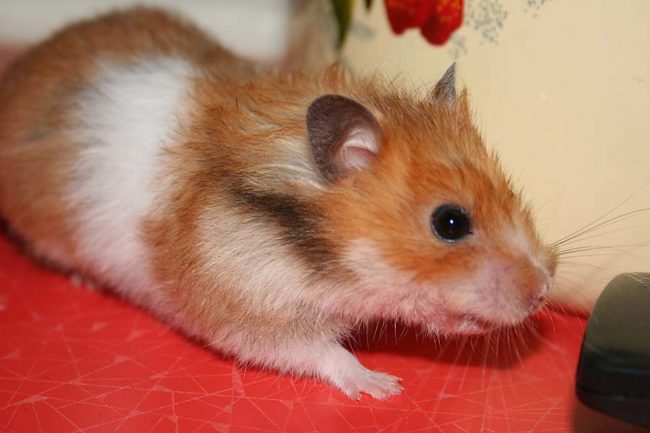
Difficulty: a large hamster needs a large cage, a solid diameter running wheel. If the living space does not allow keeping the Syrian in proper conditions, you can take a closer look at dwarf hamsters.
Djungarian hamster, Campbell and Roborovsky hamsters
Small animals weighing up to 50 g, 5-10 cm in length. They have common disadvantages if the hamster is intended for a child:
• small and nimble, they easily slip out of hands, which is fraught with injury; • if the pet manages to escape, finding the tiny rodent will not be easy; • can be aggressive, difficult to tame, shy.
Dzungaria are considered the most “domesticated” of all dwarf hamsters, they are calmer than Campbell’s hamsters. The problem is that these breeds are not easily distinguished by their appearance. You should find out in advance how to choose a Djungarian hamster so as not to buy a wild Campbell instead.
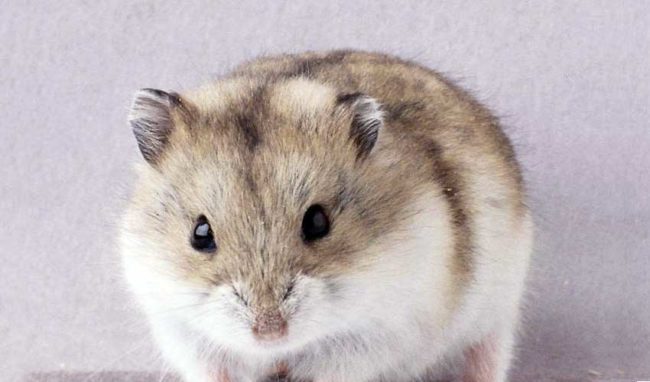
Roborovsky hamsters are the only ones that can tolerate the company of relatives, provided that all the animals are of the same sex. Watching a whole flock of active tiny rodents is very interesting, but it is almost impossible to take such a baby in your hands. A frightened animal will bite and break out, Roborovskys are almost not tamed.
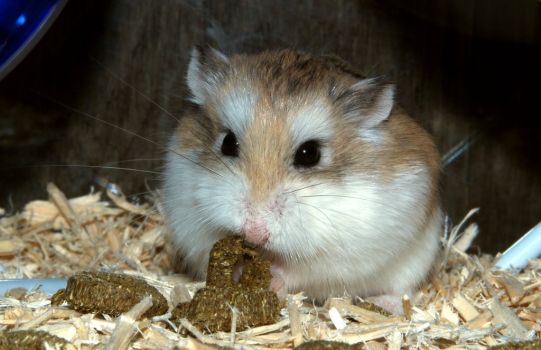
After Syrian hamsters, djungars are a good choice for a pet for a child. Many of their owners claim that the tamed animal is friendly and sociable.
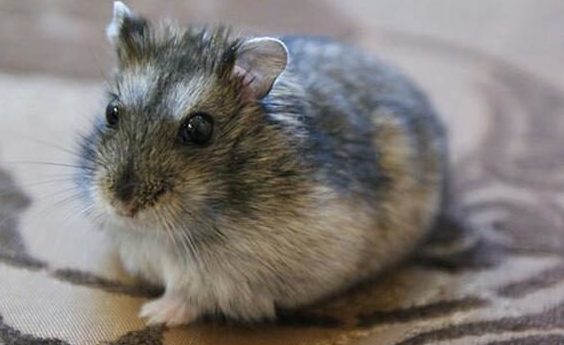
Where to buy?
Having decided on the gender, age and breed of the future pet, a person thinks about where to buy and how to choose the right hamster. Lots of buying opportunities.
Bird Market
There is a market where all kinds of living beings are sold in every city. It is strongly not recommended to take a hamster to the bird market for a number of reasons:
Sick animals are often sold
Market hamsters are stressed and kept in appalling conditions. Overcrowding leads to the spread of infectious and parasitic diseases. If the cage is in a draft, rodents can catch a cold. Out of economy or through oversight, animals sometimes suffer from low-quality feed.
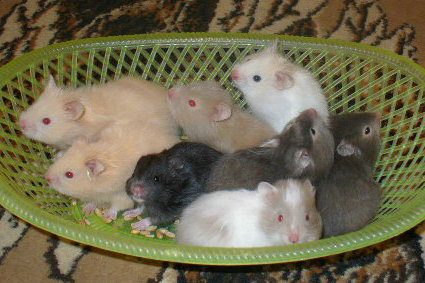
If such a hamster dies after being brought home, it is not possible to complain or return the money for the animal.
Inaccurate data
The seller can be cunning about the date of birth of hamsters, and the purity of their blood will remain a mystery at all. Not to mention the embarrassment when “that fat boy” turns out to be a pregnant girl!
The only argument in favor of the market is a wide choice. You can find a hamster of any breed and color, buy a cage and food.
Pet Shop
In a pet store, animals are more likely to be healthy. Minuses:
- limited choice;
- adult rodents that have “stayed up” can be sold, and the age of hamsters is not long enough;
- sellers rarely give competent advice on care. They say that the hamster “eats everything”, “unpretentious” to sell the animal.
The price in the pet store is higher than the market, but the conditions in which the hamsters are more favorable.
Nursery
It is ideal to purchase a future pet in a nursery. The choice of the breeder is limited, but you can visit several nurseries. Photos of hamster parents and litter can be studied in advance on the site.
Hamster breeders understand the issues of caring for these animals like no other. They have no secrets from buyers, many leave the phone for communication in case of any questions. You can take the contacts of a ratologist from the breeder, consult on feeding.
The date of birth of the babies is precisely known, the hamsters are sold at the optimal age. Purebred animals are suitable for exhibitions and breeding, although if a hamster is bought for a child, this is not so important. The cost of “elite” hamsters is high, but the price is justified by the cost of maintaining the nursery.
A very important point – it is the “home” hamsters that are the most affectionate and tame. There are objective reasons for that. Since childhood, they get used to human hands, unlike store ones. Do not experience stress from improper maintenance, transportation. An aggressive or nervous hamster does not get high marks at the show and is not allowed for breeding.
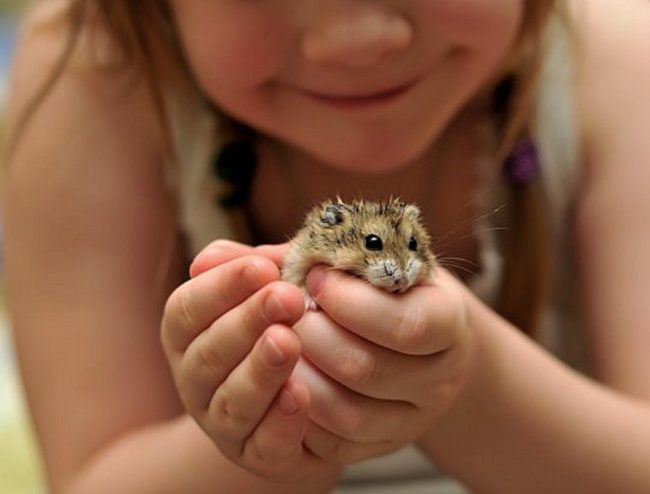
Therefore, professional breeders receive whole lines of genetically calm and friendly animals.
The hamster has many competitors in the fight for the role of a pet. If you have not yet fully decided on the choice, perhaps our comparison of the hamster with other popular pets will help you.
How to choose healthy?
The choice of a hamster is a responsible event. The buyer must be able to independently distinguish a sick animal from a healthy one, without relying on the advice of the seller. When deciding which hamster to choose at a pet store, or from a breeder from a large litter, you need to focus on the following points:
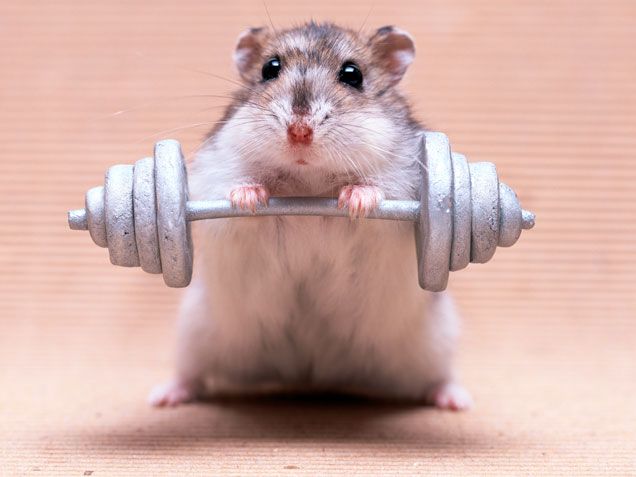
Conditions of detention
Even before examining hamsters, the room in which they are located is assessed. There should be no unpleasant smell, drafts, noise. Take a closer look – is the cage clean, what quality is the food in the feeder. Males and females must be kept separately: early pregnancy is dangerous for a young hamster, and the buyer receives an unplanned offspring.
Health status
You need to take home a hamster that looks perfectly healthy. Shiny thick coat, baldness and traces of scratching. Clear shiny beady eyes. To assess the fatness and make sure that there are no bumps on the body (abscess, tumor), the animal will have to be picked up. The coat must be completely dry, no discharge is allowed. Examine the areas around the eyes, nose, ears, mouth, genitals, anus. If there are signs of diarrhea or excessive salivation – the purchase is canceled.
Behavior
Hamsters, even in captivity, remain nocturnal animals, sleep most of the day, so you need to look closely at the animal in the evening. A healthy rodent actively moves around the cage, runs on a wheel, digs in food and bedding, and does not limp. When the hamster is not sleeping, he should not show apathy, freeze in a stupor.
It is important to assess the temperament of the animal – try to pick it up, or ask the owner to do it. If the hamster squeals, bites, breaks out, it will be very difficult to tame it.
Age
Hamsters are taken at the age of 1-2 months. If you buy a cub younger than 3 weeks old, it may die. Sometimes they try to sell adult animals under the guise of young animals. Whatever happens to you, you need to be able to determine the age of the hamster. A rodent older than 4 months will be difficult to tame.
The nursery knows when the babies were born. In the market and in the pet store, it is advised to weigh the animals. The weight of an adult Syrian hamster is 150-200 g, the weight of a dzungarian is 40-60 g. They reach such sizes by 6 months.
Conclusion
Thinking about what animal is best for the home, many come to the decision to get a hamster. These are the most popular pets. However, if you want to know which hamsters don’t smell or bite, the answer is plushies. An animal of any breed will need to be patiently accustomed to hands, taking into account the natural features and needs of the pet. Only then will he respond to you with affection and trust.
From the article we can conclude that the ideal hamster for children is a Syrian boy aged 1-2 months, bought in a nursery. In practice, things are not so clear cut. One can argue endlessly about which hamster is better – and all parties will be right in their own way. Any rodent will bring a lot of joy to children.
How to choose the right hamster
3.1 (62.36%) 939 votes



